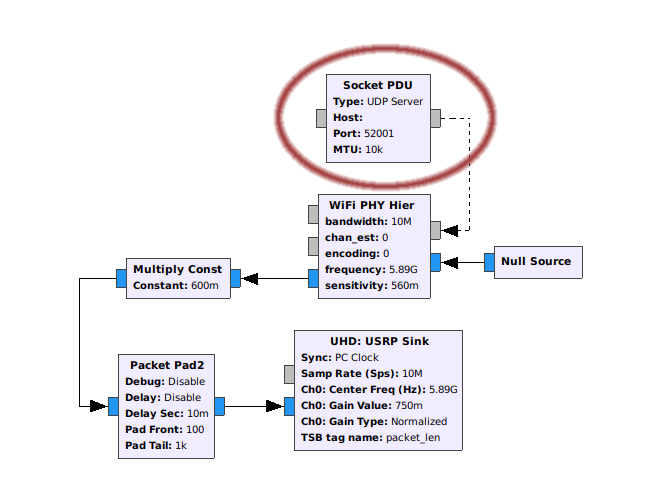TPC Member VTC2019-Spring
I’m a TPC member of the 89th IEEE Vehicular Technology Conference, which will be held between 28 April and 1 May 2019 in Kuala Lumpur, Malaysia.
I’m a TPC member of the 89th IEEE Vehicular Technology Conference, which will be held between 28 April and 1 May 2019 in Kuala Lumpur, Malaysia.
I’m a TPC member of VEHTIS 2019, the 5th International Conference on Vehicle Technology and Intelligent Transport Systems, which will take place on 3–5 May in Heraklion, Greece.
I just talked about using GNU Radio at the Open Radio Platforms workshop at Crowncom. It was my first time at the conference and, since I did not actively work on cognitive radio, it was also a whole new community for me.
In that regard, it was interesting to get a new perspective on wireless and learn about the problems that these community is tackling. I was particularly happy to see that they appreciate work on better SDR platforms and testbeds, i.e., they see SDR as a technology and not just as a tool for research.
This year, Crowncom was in Ghent. And, to be honest, I didn’t checkout anything about the city before I went there. So I was surprised that it is so beautiful there.




Recently, I learned about vehicular networking research at another CONNECT group at University College Cork (UCC). So today, I was visiting to exchange ideas and talk about SDR-based prototyping and real-world experiments with vehicular networks.
It was a really interesting day. Besides the meeting, I also had some time to enjoy the beautiful campus.


It took Paderborn University over ten weeks until they found someone who was able to press the “Print”-button, but they made it and I am finally allowed to call myself a doctor. Yay!

I am currently thinking a lot about what I should do after my current fellowship. Academia? Industry? Self-employed? I do not know… Working with Software Radio Systems (SRS) already allowed a glimpse into industry.
Another thing I thought about was offering training for SDR/GNU Radio. Recently, had the chance to give this a try. During my summer holidays, I worked on the online course SDR for Pentesters for Attify Inc, which is now available.

I’ll be a TPC member of Wireless Days 2019, which will take place in Manchester, UK on April 24–26, 2019.
I finally made it. I defended my PhD thesis and graduated summa cum laude from University of Paderborn.

Bastian Bloessl, “A Physical Layer Experimentation Framework for Automotive WLAN,” PhD Thesis (Dissertation), Department of Computer Science, Paderborn University, June 2018. (Advisor: Falko Dressler; Referees: Matthias Hollick and Renato Lo Cigno) [BibTeX, PDF and Details…]
Motivated by a recent issue on GitHub, I looked into using Scapy with my GNU Radio WLAN Transceiver.
Scapy is a Python packet manipulation tool that can be interesting for penetration testing. It can, for example, be used to create deauth frames or frames with random payload to fuzz a WLAN stack. Using Scapy in combination with the GNU Radio WLAN transceiver can be interesting since you can be sure that the frame is sent as is, i.e., that no chip/firmware/driver is mangling the payload.
To use Scapy, I extended the transmit flow graph with a Socket PDU block that is attached directly to the PHY.

In Python world, I use Scapy to create a WLAN beacon. Some fields are defined, some are set randomly by the Scapy’s fuzz function. (The CRC function is a very ugly hack…)
I’ll be a TPC member of the IEEE Vehicular Networking Conference (VNC) 2018, which will be held on 5–7 December in Taipei, Taiwan.